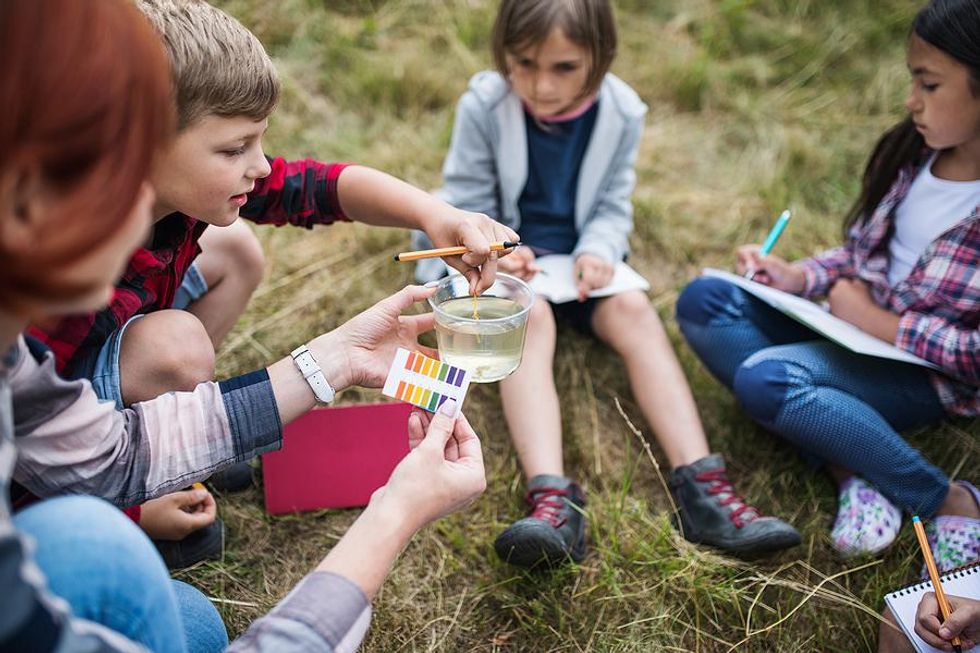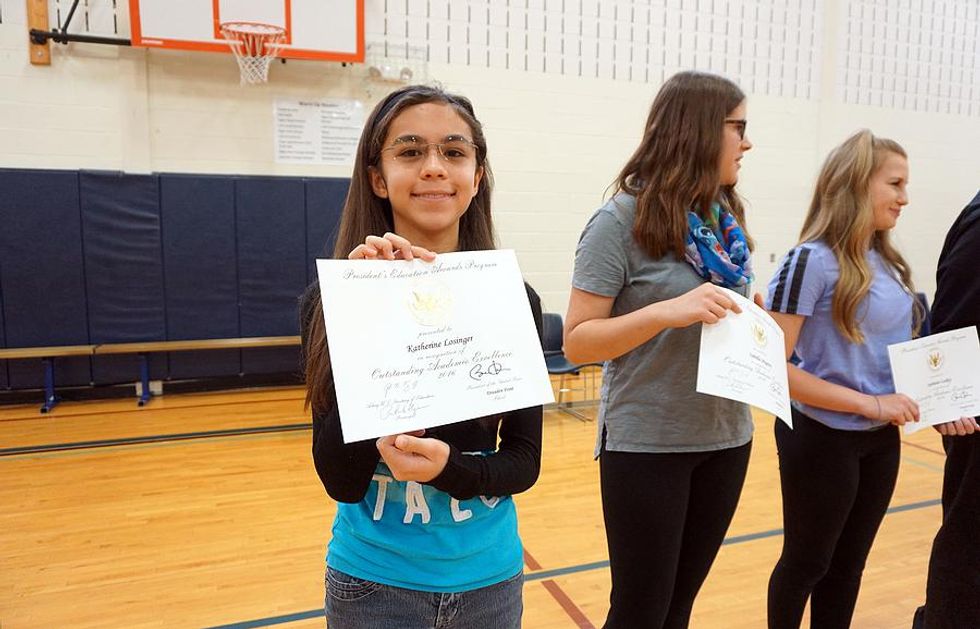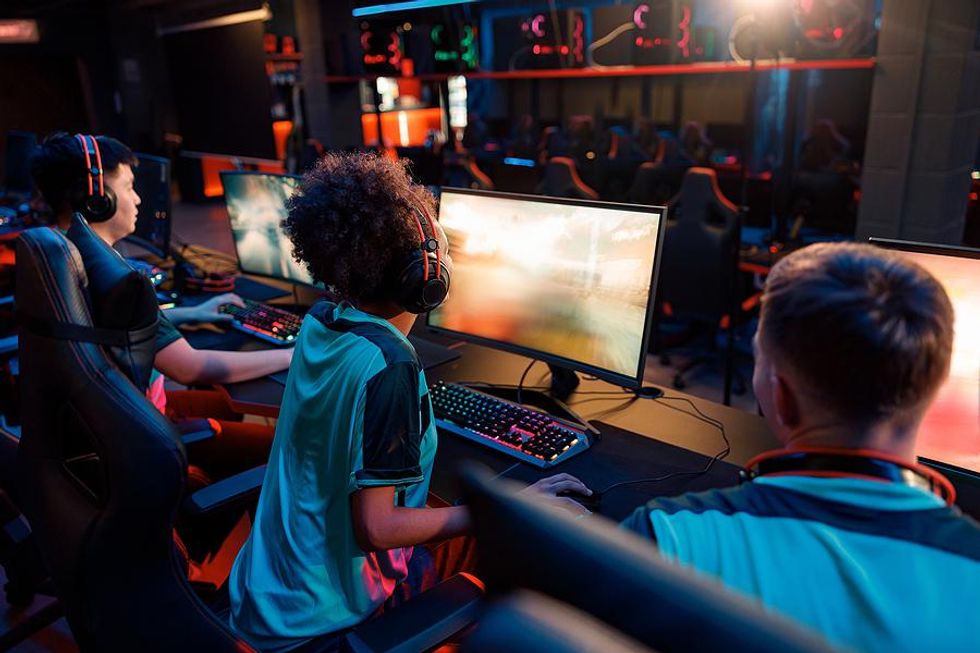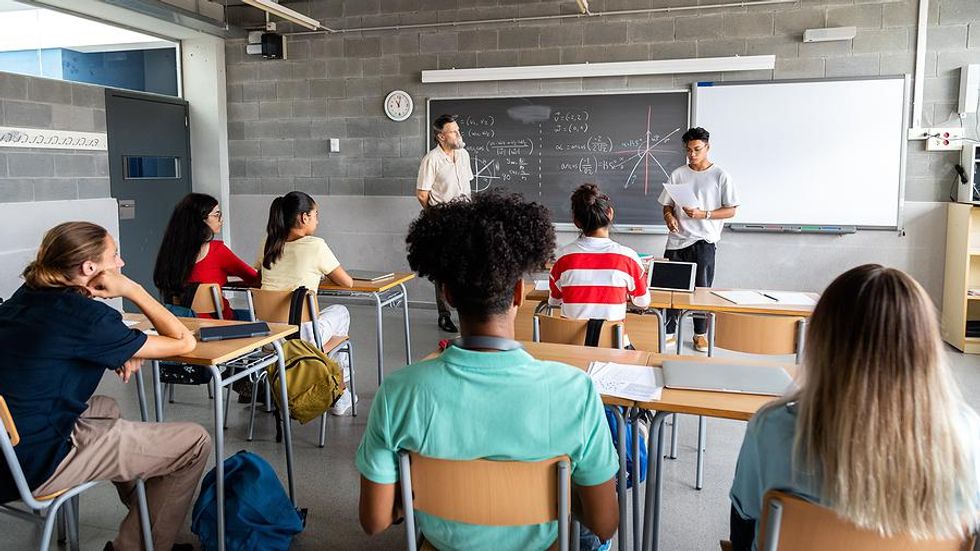4 Essential Strategies Mindful Educators Are Using To Revolutionize Teaching

My first teaching job was that of a 6th-grade teacher in a stand-alone classroom. As a new teacher independently teaching all four core content areas, it sometimes was a struggle in knowing both what to teach (the content) and how to teach (the teaching moves). I had a mentor, but they were busy teaching their own class. While we conferred, we never co-taught. This was a shame as I could have exponentially increased my teaching game through this type of live, in-the-moment coaching while my students would have had better continuity in their instruction.
Today, as a teaching consultant myself, I am happy to say that I routinely see and participate in co-taught instruction. This got me thinking. In general, how have teaching practices changed in the last decade? Here are four game-changing practices, within teaching, that are raising the bar on inclusivity, attentiveness, and compassion in education:
1. Cross-Curricular Instruction And Co-Teaching

Bigstock
While deep knowledge of discrete subjects remains important for those interested in specializing within a particular subject area, we also have seen a shift in teaching towards the inclusion of cross-content and topic-based instruction. Cross-curriculum brings together different aspects of learning that represent the interactivity of the real world. Further, such interconnectedness of learning may better stimulate student-driven questioning and engagement, creativity, and fun in learning. In scientific learning, for example, we now commonly see and hear references to STEAM education—integration of the arts into traditional STEM instruction. An example in the humanities would be when two or three high school teachers (ELA/Social Studies/Science) co-teach around, for example, a non-fiction text that integrates themes such as medical ethics, family, and race.
Also of note is the growing integration of 21st-century life skills such as cooperation, perseverance, and the use of technology as success criteria in learning alongside that of content-specific goals; think of this as the how/process to the what of learning. COVID-19 also has sped up the desire to include SEL and trauma-informed practices, like restorative justice practices, within content-based teaching. If students are fearful or distracted, they cannot learn. Check out these resources for integrating social-emotional learning in mathematics, science, as well as core curricula.
2. Focus On Student Assets And Abilities

Bigstock
In my coaching work, I sometimes am told by teachers that student engagement strategies I recommend will not work with “these (their) students.” These students may be of color, SPED, ELLs, or really any other student that a teacher might feel is less than/at a deficit because of the challenges and inequities that student faces and for which that student, the teacher might believe, is responsible. In these situations, rarely does this teacher ask what they can do instructionally to help students embrace new learning nor determine what that student already might know about a topic. While not every student will become the next Mark Bezos or Oprah Winfrey, student promise should not be stunted simply because others had low expectations of them and taught accordingly.
Luckily, most educators have come round to the notion that every student has strengths and knowledge that can help them access and retain new information. Culturally responsive teaching, in particular, “creates student-centered learning environments that affirm racial, linguistic, and cultural identities” which, in turn, “elevate historically marginalized voices, develop students’ abilities to connect across difference, and empower students as agents of social change” says Maria Underwood, CEO of M Ideas Consulting Services, Inc. Jeanette Simonson-Gurolnick, who serves as Program Management Director for Thrively, a company that has developed a personalized learning platform that uncovers students' strengths, adds, “A strength-based approach is important because it gives students greater confidence to tackle challenges and it increases motivation and engagement. When students and staff are known for strengths, schools can create a culture that nurtures a positive learning identity and activates chemicals in the brain that bring joy back to learning.”
3. Multiple Access Points Into Learning

Bigstock
“Research encourages us to ensure that we provide mirrors, windows, and sliding glass doors for our students,” says equity consultant, Underwood. Indeed, multiple entry points are important for engaging students in learning as students learn differently and can benefit from accessing different pathways through which to process information. Through outdoor learning, for instance, participants learn through what they do, what they encounter, and what they discover. Additionally, hybrid/digital learning provides unlimited opportunities for flipped learning, student digital collaboration, and access to online learning resources such as an open curriculum. We also see high school networks such as Cristo Rey incorporating student work-study as part of its college and career readiness programs and other high school networks, like Bard Early College High School, expanding the definition of who earns college credit, where, how, and when.
Esports (electronic sports), a term used to describe competitive video gaming, also is gaining traction within schools as a pathway through which to increase student engagement. John Widlund, field director at the Center for Educational Innovation, directs the Center’s esports programs across 20 New York City schools. He becomes noticeably charged when explaining the benefits that come with the gamification of learning. “There is no putting the genie back in the bottle as this new generation was quite literally raised on a computer screen. Hopefully, the excitement surrounding esports will be integrated into academic classes and technology education. Organizations have developed school curriculum that teaches the ins and outs of the gaming industry. There are jobs for coders, marketing specialists, artists, YouTube content creators, and finance professionals. The road ahead will be a wild ride.”
4. Authentic And Systemic Assessment

Bigstock
A few decades ago, the main source of assessment data on what students knew and could do came from in-class paper and pencil tests as well as through end-of-year state assessments. While these assessments remain important, we see a push for diagnostic formative assessment in education—assessment given to all students systemically across a school and/or district two to three times a year—so that individual teachers, grade teams, schools, and districts can measure, compare, and contrast not only student achievement but also growth at different points in time and levels of hierarchy within a school system; when I served as an NWEA MAP Growth facilitator, I always stressed the point that this data could then be used in designing responsive and differentiated lessons that targeted the specific academic readiness levels of students and in evaluating the efficacy of any academic interventions and/or instructional strategies being employed between test administrations and year over year.
Assessment is also becoming more authentic in that student mastery of content and skills is becoming increasingly measured through the completion of rigorous learning tasks as opposed to using multiple-choice standardized tests. Authentic assessment can be devised by the teacher, and/or determined in collaboration with learners, by engaging student voice and choice. Some examples of authentic assessment might include writing a research report, engaging in formal student discussions, creating posters and/or websites to demonstrate knowledge on a particular topic, student self/portfolio assessment, presenting, etc. Teachers at the Bronx School for Law, Government, and Justice, as a case in point, routinely assess student performance through formal student-led discussions where small student groups get to choose the specific discussion protocol they will use, thus developing not only opportunities for students to demonstrate what they know but also instructional tasks that prioritize the values of the school such as student liberation, genius, and joy. BLGJ Teacher Christopher Connelly adds, “As a teacher, I feel it is my responsibility to make sure students aren’t confused, but it's easier to understand where that confusion comes from if students are open as shareholders in the lesson.”
What do you think is an important practice in teaching today?
If you would like additional ideas on how to impact student lives without sacrificing your own, and have a life teaching, check out my quick hack teaching courses here. You can also reach me on LinkedIn.- 5 Planning Tools For Mastering The Curve Balls Of Teaching - Work ... ›
- 7 Best Summer Jobs For Teachers - Work It Daily ›
- 10 Things I Wish I Knew About Teaching When I Started - Work It Daily ›
- How To Answer The Top 5 Interview Questions For Teachers - Work ... ›
- 3 Reasons For The “Big Quit” In Teaching - Work It Daily ›
- 6 Things To Know Before Becoming A Teacher - Work It Daily ›
- 8 Amazing Ways Teachers Can Spend Their Summer Break - Work It Daily ›
- 8 Tips For Increasing Student Engagement In The Classroom - Work It Daily ›
- How To Help Newly Arrived English Language Learners Thrive - Work It Daily ›

 Bigstock
Bigstock Bigstock
Bigstock Bigstock
Bigstock


